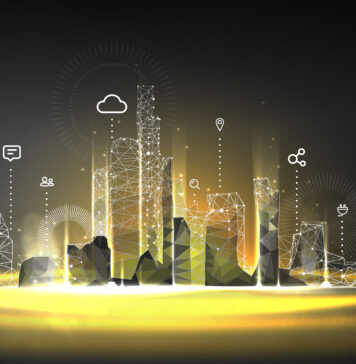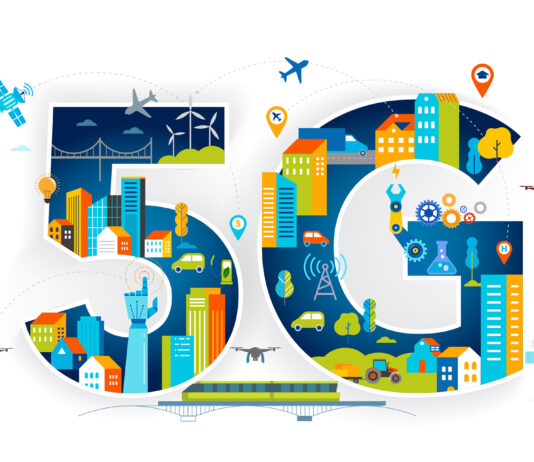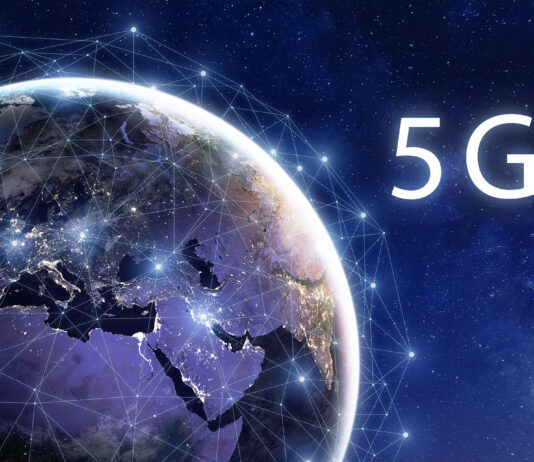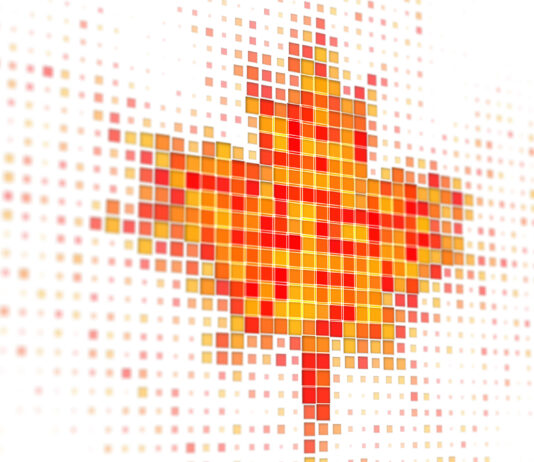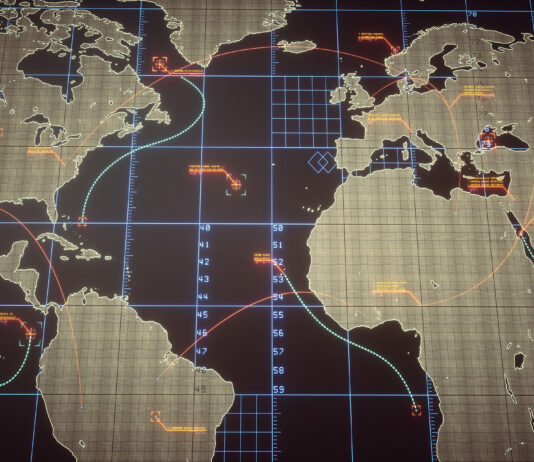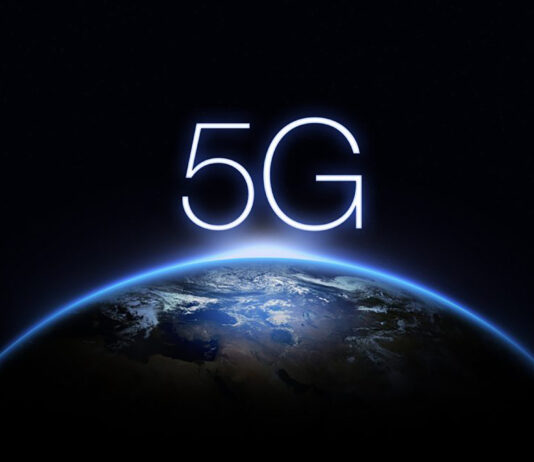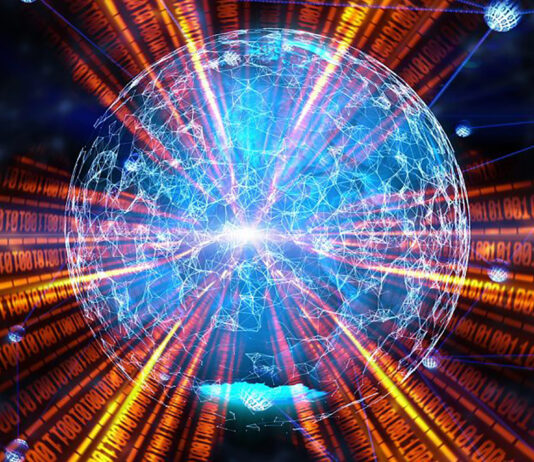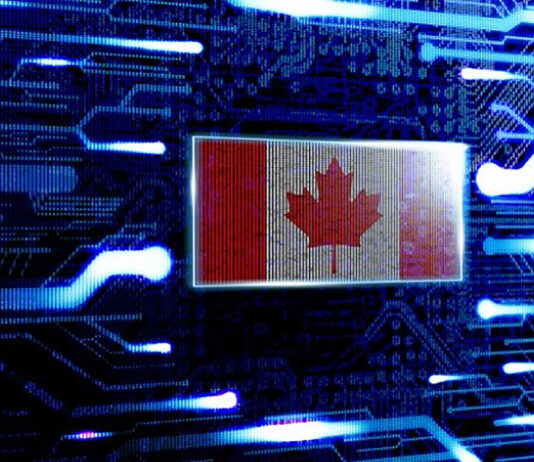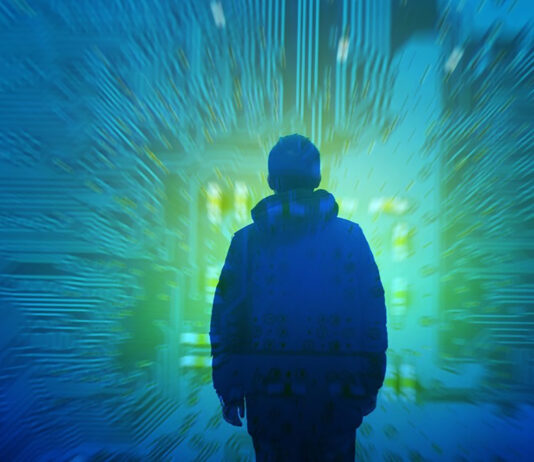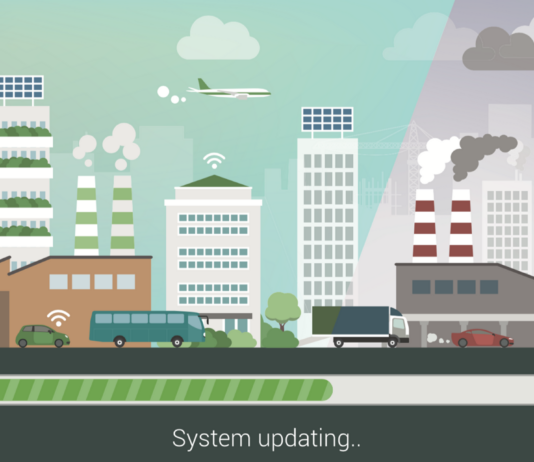In their outstanding book, Wicked and Wise, Alan Watkins and Ken Wilber look at some of the most pressing ‘wicked problems’ facing the human race. ‘Wicked problems,’ they suggest, are difficult to define, but they are essentially unsolvable in the usual scientific sense.
The authors go on: wicked problems, such as climate change, are multi-dimensional, have multiple causes, multiple stakeholders, multiple symptoms and multiple solutions. They are by definition complex and difficult to process.
Crucially, they are created or exacerbated by people.
Our species has proved capable of producing challenges of unfathomable difficulty. We may, however, also prove capable of developing the...
The human will to innovate is seemingly relentless. The history of our species is one of continual development, with the last 350 years, in particular, representing staggering technological progress.
The first industrial revolution mechanized production using natural elements like water. The second revolution used electricity to enable mass production; the third used electronics and information technology to automate production. The fourth industrial revolution unfolding all around us is characterized by an exponential growth in data production and the merging of the physical and digital.
Cyber-physical systems (CSPs) like the internet of things (IoT) and industrial control systems (ICS) are capable of...
In 1967, Lynn Margulis, a young biologist, published a paper that challenged more than a hundred years of evolutionary theory. It proposed that millions of years ago, the eukaryotes emerged not from competition, as neo-Darwinism asserts, but from collaboration.
Margulis’ research showed how single-celled lifeforms working together created an entirely new organism that became the foundation of all advanced life on earth. This was an inflection point in the development of evolutionary biology, shifting the scientific and cultural narrative away from “survival of the fittest” towards “survival of the most cooperative.”
Though competition contributes to better individual or organizational performance, it...
The timeline of human history is marked by inflection points of major technological advancement. The plow, the printing press, the telegraph, the steam engine, electricity, the telephone, the internet: each of these breakthroughs precipitated tectonic shifts in how people lived and worked. Now, in the early part of the 21st century, we stand witness to the birth of a new industrial revolution built on 5th generation cellular technology - 5G network.
As the name implies, 5G network follows a developmental chain. First came 1G, the first generation of cellular communication that freed us to make voice calls without being tethered...
In my previous post I argued that if Canada wants to succeed with its AI-focused innovation agenda, it should also be at the forefront of 5G innovation and development. Canada could get ahead in the global 5G race not by being the first to 5G, but by being the first to roll out 5G in the right way - addressing cybersecurity, linking development of AI and 5G, addressing regulatory and policy prerequisites, etc.
Canada could leap ahead in development of both, 5G and AI, by tackling them collaboratively rather than in parallel but separately as is the case now. One...
Not even 30 years separate us from the end of the Cold War. Yet, we appear to be witnessing the emergence of a new one, a technology Cold War between the United States and China. This time, instead of a ‘red under the bed’, the US government has declared there is one at the back door. It accuses Chinese technology companies of deliberately building vulnerabilities into their tech, allowing the Chinese to access and control the 5G critical infrastructure, and through it the connected devices and machinery at will.
Headlines are dominated by the case against Huawei, and debate continues...
More than half of the world’s population lives in cities. The UN estimates that by 2050 that proportion will be 68% - more than 6 billion people living in high-density conditions. This raises significant challenges. What is the best way to ensure that human needs are met in a fair and equitable way? How will we face challenges like resource strain, waste and pollution management, traffic congestion and connectivity?
In response to these wicked problems, cities are increasingly relying on smart technologies to foster greater efficiency and sustainable growth. These interventions do not, however, come without their own complications. Just...
Since the dawn of the 21st Century, the ways in which people and organizations that use the Internet experience, perceive and act in the world is radically changing. We interact with physical objects and systems well beyond our sight and comprehension. Our cars, homes, factories and public transportation are controlled increasingly by computer chips and sensors. This interconnectedness already exceeds much of last century’s science fiction imaginings, but is poised to accelerate even more dramatically with the advent of 5G.
Popular telecom carrier driven expectations about the speed and capacity of 5G consumer mobile service tend to obscure the broader...
From The Jetsons to Blade Runner, to Back to the Future, to A.I. to The 5th Element, popular culture has long been fascinated by what the future would look like for ordinary people. In these films and countless others, humans of the future are shown engaging with technology that speaks to them, cooks for them, asks them how their day was and connects them with the outside world in a seamless and intuitive way. These are all examples of what we now regard as smart homes and smart cities – living spaces optimized by devices connected through the Internet...
Getting smart about security in smart systems
Smart used to be something we called people or pets. It wasn't a term one would use to describe one's hairbrush. That is changing, of course, in an era of accelerating digital transformation. Now we have smart homes, smart cities, smart grids, smart refrigerators and, yes, even smart hairbrushes. What's not so smart, though, is the way the cybersecurity and cyber-kinetic security risks of these systems are often overlooked, and with new horizon technologies like 5G, these problems are set to grow exponentially.
Cyber-physical systems and the smartification of our world
Cyber-connected objects have become...
Canada’s rankings in innovation has lagged that of other peer nations for decades despite government efforts to address this issue. Considering its success in developing research programs at its universities, its mediocre rankings overall in technology development is disappointing. Those programs alone have not been enough to translate into entrepreneurial innovation.
A 2017 C.D. Howe Institute study points out that, even though Canadians have been at the forefront of breakthroughs in emerging technologies, in many cases, the chief beneficiaries of those breakthroughs have been other nations’ economies. Canada needs to take a stronger role in building an environment in which...
Targeted cyberattacks against critical infrastructure (CI) are increasing on a global scale. Critical systems are rapidly being connected to the internet, affording attackers opportunities to target virtual systems that operate and monitor physical structures and physical processes through various modes of cyberattack.
When people think of cyberattacks, their minds often go first to the financial sector. After all, that’s the type of attack people hear about most frequently; it’s where the money is and it’s what seems most natural for cybercriminals to target. Enterprises frequently focus on such cyber-enabled financial crimes to the point that they give too little thought...
If you’ve read the many predictions about the future of AI, you’ve likely found them to be wildly different. They range from AI spelling doom for humanity, to AI ushering in Golden Age of peace, harmony and culture, to AI producing barely a blip on society’s path toward ever-greater technological achievement.
Those three views – dystopian, utopian and organic – present issues we need to consider as we move deeper toward an AI-integrated future. Yet they also contain exaggerations and false assumptions that we need to separate from reality.
The Dystopian View of the AI Future
Those with a dystopian view of...
A growing number of today’s entertainment options show protagonists battling cyber-attacks that target the systems at the heart of our critical infrastructure whose failure would cripple modern society. It’s easy to watch such shows and pass off their plots as something that could never happen. The chilling reality is that those plots are often based on real cyber-kinetic threats that either have already happened, are already possible, or are dangerously close to becoming reality.
Cyberattacks occur daily around the world. Only when one achieves sufficient scope to grab the attention of the news media – such as the WannaCry ransomware...
How important privacy is for building smart cities and embracing the IoT
In the 60s cartoon The Jetsons, the family lived in a futuristic city with flying cars, a robotic housekeeper, and even a watch that let you do video calling. The Jetsons city of the future is with us in the here and now as we have the technology to build smart cities, and in doing so, we can create amazing places to live and work.
This idea of making our cities smart is engaging clever minds all over the world and we are witnessing the emergence of smart places...

